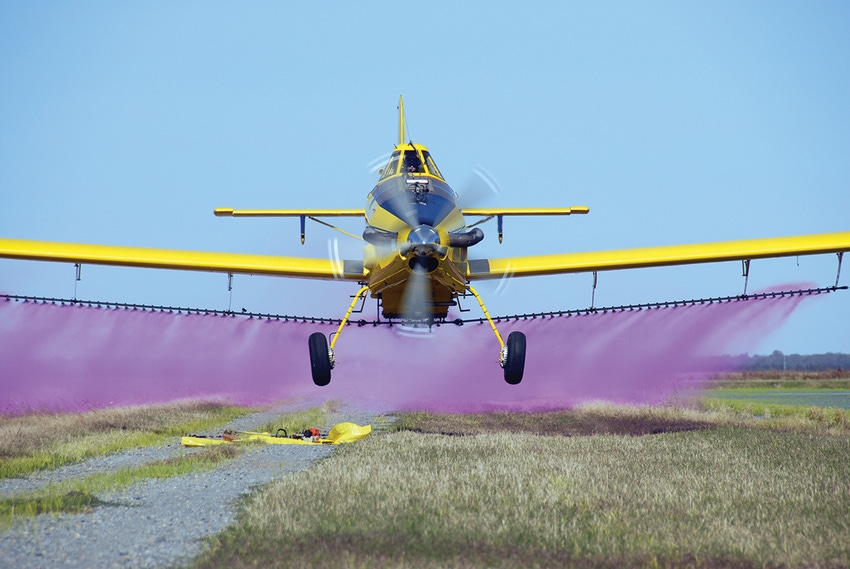June 14, 2016

We have hit the time of year when rice herbicide spray volumes need to go up. Different people have different opinions on the subject. I have never been hung up on any given volume for either air or ground.
I have done a lot of low volume research early in my career and have often made the statement, “How you spray a given water volume is more important than the volume itself.”
Droplet size is often more important than the volume and most herbicides respond to medium droplets and below.
There are situations where I have actually recommended lowering the water volume to get the desired droplet size.
When we are spraying bigger grass in a rice canopy on 90-degree days with optimum spray heights being 10 feet or more, 2- and 3-gallon per acre spray volumes simply do an injustice to the herbicides we are trying to use.
When you take away the herbicides’ best chance of optimum performance, the weeds don’t die, they have to be re-sprayed, it costs a lot of money, the weeds don’t die again, you cut a grassy rice crop, and it contributes to herbicide resistance.
Most herbicide uptake occurs before the spray droplet dries on the leaf surface. The fine droplets in the 2 to 3 gallon volumes that do not evaporate before the hit the plants dry almost instantly.
I will get several calls after this article. Some will grumble that the farmer said, “Baldwin said it had to be flown in 10 gallons per acre.” Nowhere in this article will I say that.
I will have a contentious applicator call and say, “Ford, my farmer wants 10 gallons per acre and 8 is all I can get out.” I am fine with that, because I am not telling anyone what specific volume to run. I am, however, saying 3 is not enough this time of the season.
I will have farmers say, “I showed my applicator your article and he refuses to put out more than 3 gallons per acre.” That is between the farmer and HIS applicator. However, if the two of them do not have a good enough relationship for him to consider the request at a fair price, then you may have the wrong one.
I am frequently told I do not know how to tell what I am really getting. It is pretty simple math to take the volume being carried divided by the acres sprayed and get gallons per acre. Some extra mix will be carried to make sure they do not run out and can trim, but you can get close.
Close to 10 gallons per acre coming out of those fast airplanes looks like a thunderstorm underneath. Even an honest 5 gallons per acre looks like a lot of water coming out. I would be happy if we could just get an honest 5 gallons per acre on everything.
When you have to stop and look twice to see if anything is coming out and can see right through the pattern, that is 2 to 3 at best.
Ford Baldwin served as a weed scientist with the University of Arkansas Cooperative Extension Service from 1974 to 2001. Since 2002, he has been a partner in Practical Weed Consultants with his wife, Tomilea. Contact him at [email protected].
About the Author(s)
You May Also Like




